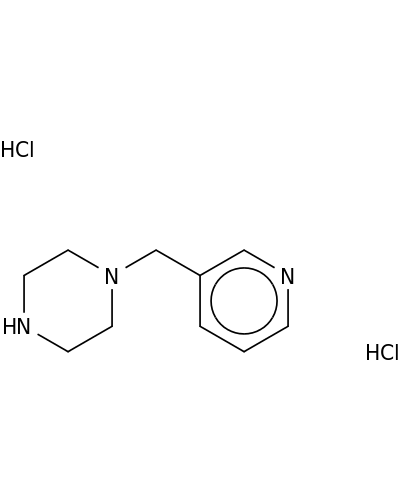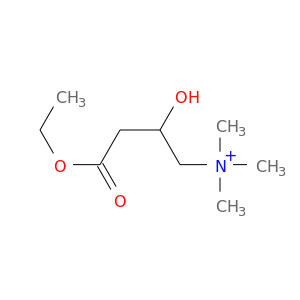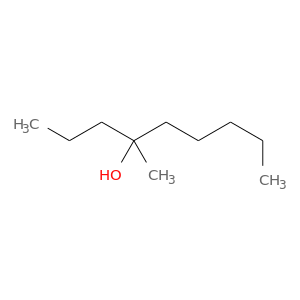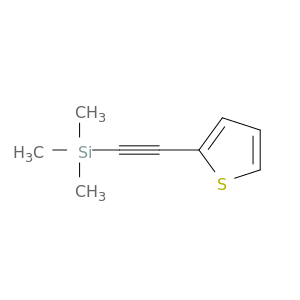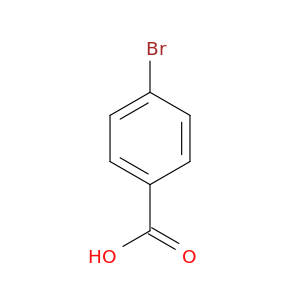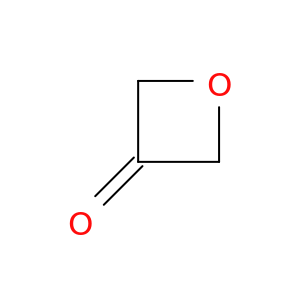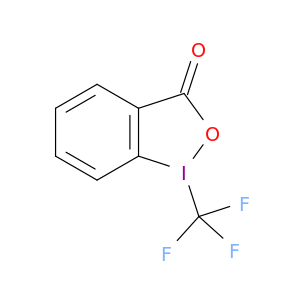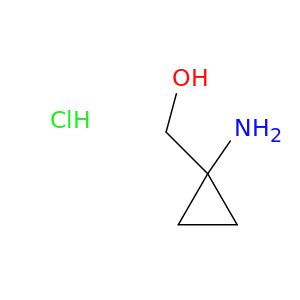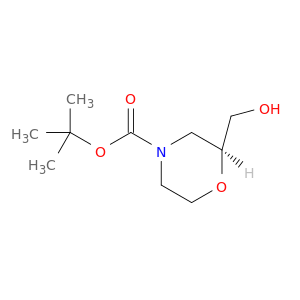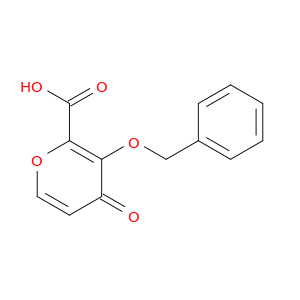200,000+ products from a single source!
sales@angenechem.com
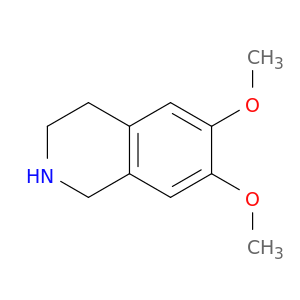
1745-07-9 | Isoquinoline, 1,2,3,4-tetrahydro-6,7-dimethoxy-
CAS No: 1745-07-9 Catalog No: AG001ZPQ MDL No:MFCD00777849
Product Description
Catalog Number:
AG001ZPQ
Chemical Name:
Isoquinoline, 1,2,3,4-tetrahydro-6,7-dimethoxy-
CAS Number:
1745-07-9
Molecular Formula:
C11H15NO2
Molecular Weight:
193.2423
MDL Number:
MFCD00777849
IUPAC Name:
6,7-dimethoxy-1,2,3,4-tetrahydroisoquinoline
InChI:
InChI=1S/C11H15NO2/c1-13-10-5-8-3-4-12-7-9(8)6-11(10)14-2/h5-6,12H,3-4,7H2,1-2H3
InChI Key:
CEIXWJHURKEBMQ-UHFFFAOYSA-N
SMILES:
COc1cc2CNCCc2cc1OC
Properties
Complexity:
186
Compound Is Canonicalized:
Yes
Covalently-Bonded Unit Count:
1
Defined Atom Stereocenter Count:
0
Defined Bond Stereocenter Count:
0
Exact Mass:
193.11g/mol
Formal Charge:
0
Heavy Atom Count:
14
Hydrogen Bond Acceptor Count:
3
Hydrogen Bond Donor Count:
1
Isotope Atom Count:
0
Molecular Weight:
193.246g/mol
Monoisotopic Mass:
193.11g/mol
Rotatable Bond Count:
2
Topological Polar Surface Area:
30.5A^2
Undefined Atom Stereocenter Count:
0
Undefined Bond Stereocenter Count:
0
XLogP3:
1.3
Literature
| Title | Journal |
|---|---|
| Orexins/hypocretins acting at Gi protein-coupled OX 2 receptors inhibit cyclic AMP synthesis in the primary neuronal cultures. | Journal of molecular neuroscience : MN 20120101 |
| Activation of orexin 1 receptors in the periaqueductal gray of male rats leads to antinociception via retrograde endocannabinoid (2-arachidonoylglycerol)-induced disinhibition. | The Journal of neuroscience : the official journal of the Society for Neuroscience 20111012 |
| Arylamides hybrids of two high-affinity σ2 receptor ligands as tools for the development of PET radiotracers. | European journal of medicinal chemistry 20110901 |
| Synthesis and SAR studies of 1,4-benzoxazine MenB inhibitors: novel antibacterial agents against Mycobacterium tuberculosis. | Bioorganic & medicinal chemistry letters 20101101 |
| Orexin/hypocretin signaling at the orexin 1 receptor regulates cue-elicited cocaine-seeking. | The European journal of neuroscience 20090801 |
| Relationship between exposure of (-)-N-{2-[(R)-3-(6,7-dimethoxy-1,2,3,4-tetrahydroisoquinoline-2-carbonyl)piperidino]ethyl}-4-fluorobenzamide (YM758), a 'funny' if current channel inhibitor, and heart rate reduction in tachycardia-induced beagle dogs. | Drug metabolism and disposition: the biological fate of chemicals 20090701 |
| Multi-drug-resistance-reverting agents: 2-aryloxazole and 2-arylthiazole derivatives as potent BCRP or MRP1 inhibitors. | ChemMedChem 20090201 |
| 2-[(3-Methoxyphenylethyl)phenoxy]-based ABCB1 inhibitors: effect of different basic side-chains on their biological properties. | Journal of medicinal chemistry 20081211 |
| 4-Biphenyl and 2-naphthyl substituted 6,7-dimethoxytetrahydroisoquinoline derivatives as potent P-gp modulators. | Bioorganic & medicinal chemistry 20080401 |
| Small P-gp modulating molecules: SAR studies on tetrahydroisoquinoline derivatives. | Bioorganic & medicinal chemistry 20080101 |
| In vitro activity of novel dual action MDR anthranilamide modulators with inhibitory activity at CYP-450. | Bioorganic & medicinal chemistry 20061201 |
| 3D pharmacophore models for 1,2,3,4-tetrahydroisoquinoline derivatives acting as anticonvulsant agents. | Archiv der Pharmazie 20060701 |
| In vivo bioconversion of tetrahydroisoquinoline by recombinant coclaurine N-methyltransferase. | Bioscience, biotechnology, and biochemistry 20040401 |
| The chromatographic data in QSAR assay of TIQs derivatives with beta2-adrenergic activity. | Acta poloniae pharmaceutica 20040101 |
| N-acyl 6,7-dimethoxy-1,2,3,4-tetrahydroisoquinoline: the first orexin-2 receptor selective non-peptidic antagonist. | Bioorganic & medicinal chemistry letters 20031215 |
| Molecular cloning and characterization of coclaurine N-methyltransferase from cultured cells of Coptis japonica. | The Journal of biological chemistry 20020104 |
Related Products
Featured Products
© 2019 Angene International Limited. All rights Reserved.



